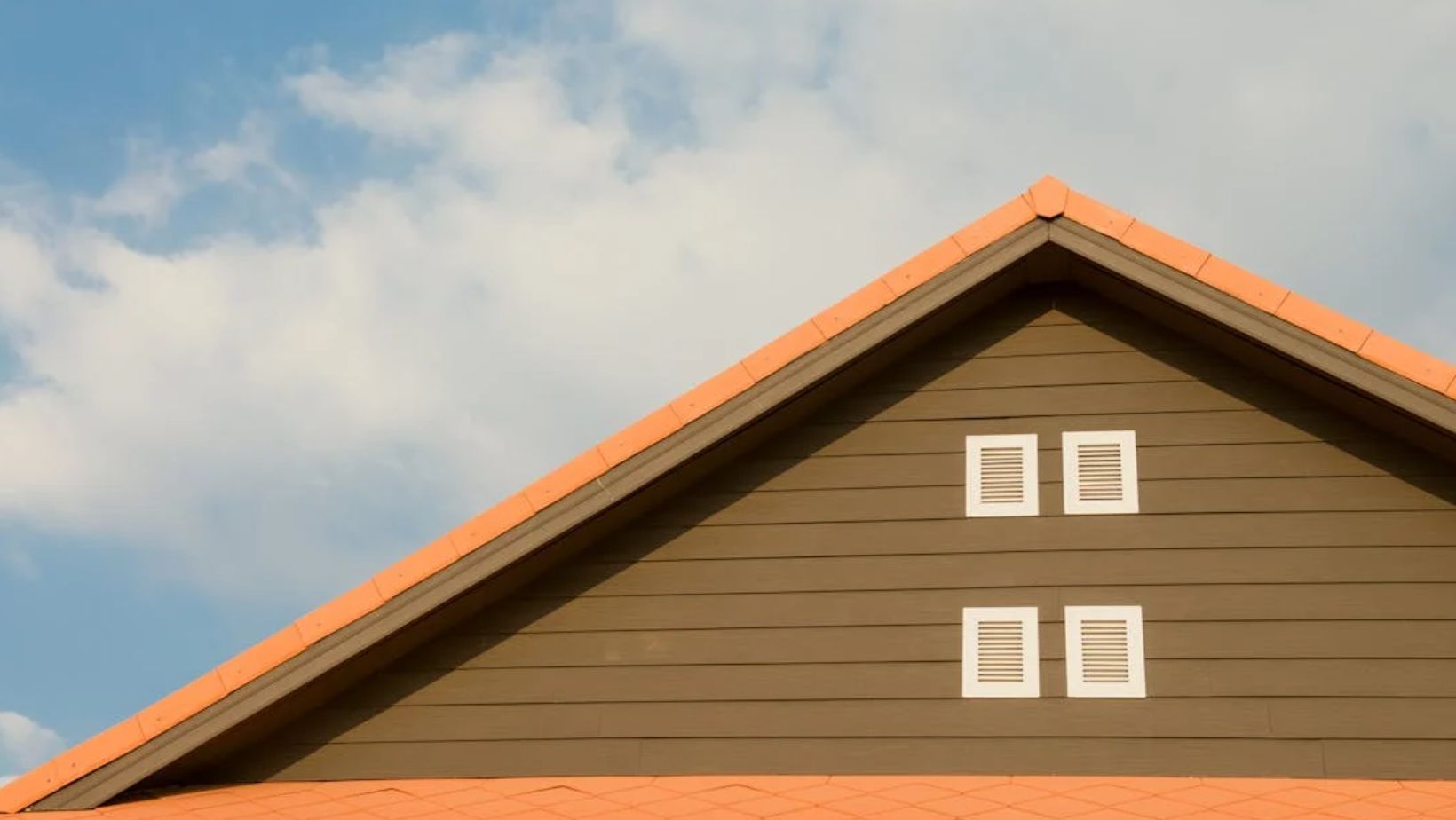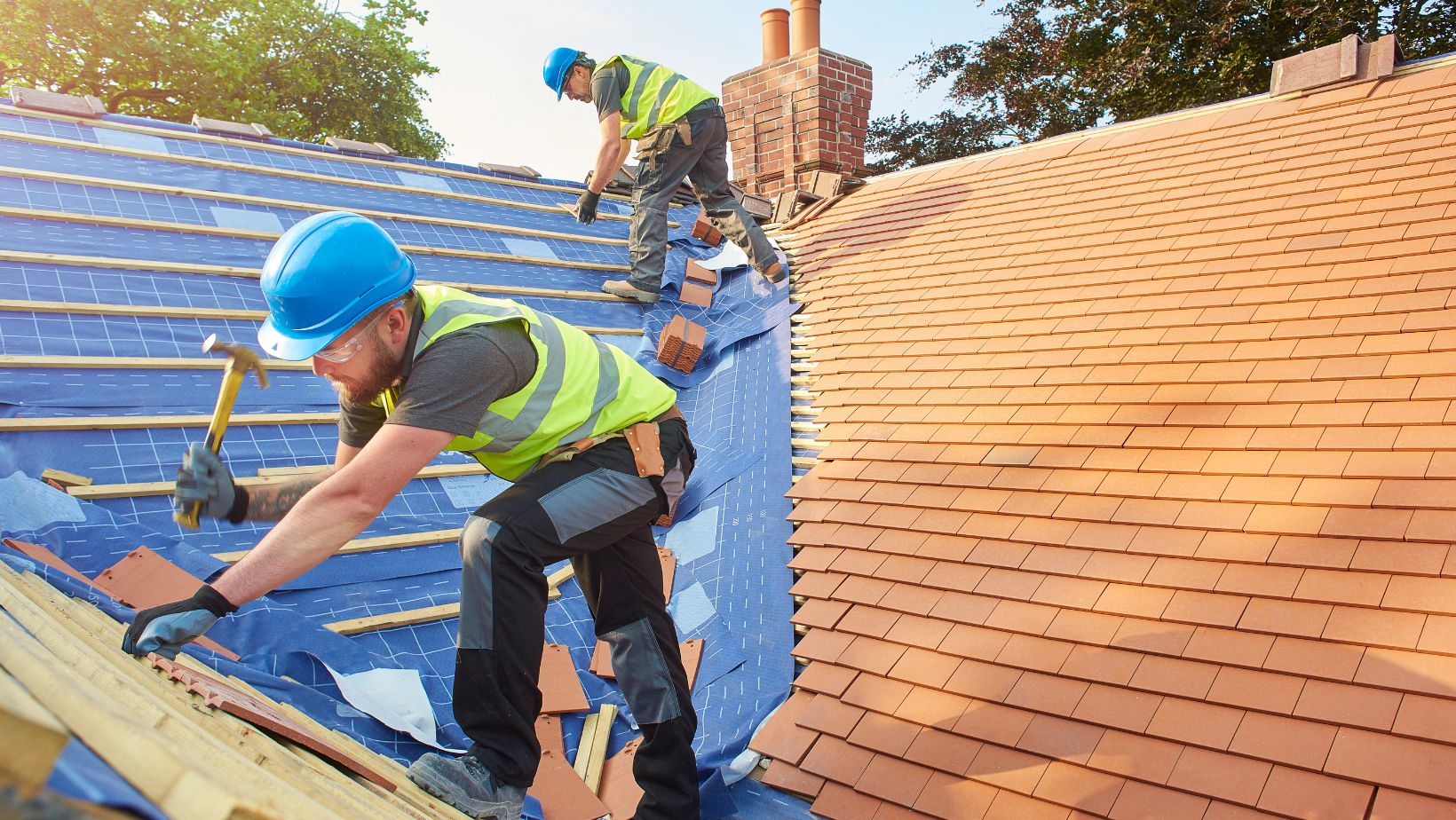Roof repair might seem daunting to many homeowners, but it’s a crucial aspect of maintaining a safe and comfortable home. When neglected, even minor roof issues can escalate into costly repairs and potential structural damage. Understanding the steps to successful roof repair can save homeowners time, money, and stress.
In this article, homeowners will discover six essential tips to tackle roof repair effectively. From identifying common warning signs to selecting the right materials, these tips provide a clear path to ensuring a sturdy and long-lasting roof. Whether dealing with a small leak or planning a major overhaul, these insights will empower homeowners to make informed decisions and protect their investment.
Understanding Roof Damage
Roof damage can manifest in various forms and recognizing these issues early prevents more severe problems. Common types include missing shingles and leaks. Missing shingles expose the underlayment, increasing vulnerability to elements. Leaks, often caused by damaged flashing or worn shingles, can lead to water intrusion and mold growth.
Weather conditions amplify damage risk in specific locations, such as Tampa. High winds, heavy rain, and intense sunlight contribute to wear and tear. Regular inspections identify weaknesses before they escalate.
Homeowners can benefit from expert opinions. Roofing contractors offer comprehensive assessments and recommend targeted repairs. Their expertise ensures proper identification of problems and appropriate actions.
Importance Of Timely Repair
When it comes to roof repair, hiring local roofing professionals is essential. Whether that’s roofers in Tampa, Miami, or any other region, local experts have a deeper understanding of the climate and environmental conditions that affect your roof. They are familiar with local building codes and regulations, which is crucial for ensuring that repairs are compliant and up to standard.
Fast action conserves homeowners’ investments by avoiding costly repairs. Contractors often discover that delayed maintenance transforms replaceable shingles into extensive rot or water damage. Addressing problems promptly ensures the longevity of the roof and maintains its integrity.
Additionally, regular maintenance can prevent issues from escalating. Roof inspections by experienced contractors identify damages early, allowing homeowners to implement solutions quickly. Engaging contractors for assessments and repairs protects homes from the potentially devastating impact of neglect.
Preparing For Roof Repair
Preparation is crucial in ensuring effective roof repair. Addressing potential issues early prevents further damage and safeguards the home’s structural integrity.
Inspecting Your Roof
Regular roof inspections help identify problems before they escalate. Homeowners should look for visible signs such as missing shingles, water stains, and sagging areas. In Tampa, weather conditions can lead to unique challenges like frequent wear from storms. Utilizing expert contractors ensures a thorough inspection, identifying hidden issues that may not be visible to the untrained eye.
Gathering The Right Tools
Proper tools are essential for efficient roof repair. Homeowners need quality ladders, roofing nails, hammers, and protective gear. For more complex repairs, specific tools like shingle removers and safety harnesses become necessary. Consulting with contractors can help in obtaining the appropriate equipment, ensuring safety and effectiveness during the repair process.
Step-By-Step Roof Repair
Successful roof repair involves a systematic approach to address issues effectively. Follow these steps to ensure repairs are conducted safely and thoroughly.
Step 1: Safety First
Safety is crucial when tackling roof repair. Before starting, check weather conditions as working during rain or high winds increases risk. Use a stable ladder and wear non-slip shoes and a secure harness. Proper safety measures prevent accidents during roof work.
Step 2: Identifying The Issue
Accurate identification of roof issues is essential. Inspect the roof for signs of damage like missing shingles, sagging, or water stains inside the home. Survey the roof thoroughly to pinpoint problems, ensuring the correct solutions are applied.
Step 3: Patching Leaks
Leaks often develop due to damaged shingles or poor flashing. Use roofing cement or patches to seal small leaks effectively. Clean the area, apply the patch tightly, and ensure it’s sealed properly to prevent further water damage.
Step 4: Replacing Shingles
Replacing damaged shingles is a common repair task. Lift the surrounding shingles gently and remove the nails with a pry bar. Position the new shingle carefully, nail it securely, and seal the edges with roofing cement to prevent future issues.
Step 5: Fixing Flashing
Problems with flashing lead to leaks and water damage. Check areas around chimneys, vents, and skylights where flashing is installed. Replace any warped or damaged pieces with new ones, tightly sealing them to protect against water intrusion.
Step 6: Checking For Additional Damage
After addressing visible issues, examine the roof for further damage. Pay attention to gutters for blockages and inspect the roof’s underside for any hidden leaks or structural problems. Comprehensive checks ensure all potential issues are addressed, safeguarding the roof’s integrity.
Professional Help vs DIY
Homeowners often face the choice between hiring professional contractors and opting for a DIY approach when addressing roof damage. Understanding the pros and cons of each method helps in making an informed decision.
Professional Help: Contractors bring expertise and experience, ensuring comprehensive inspections and effective repairs. In regions like Tampa, where weather can lead to significant damage, professional assessments are invaluable. Industry-standard equipment and safety protocols further minimize risks associated with roof repairs.
DIY Approach: While suitable for minor fixes like replacing a few shingles, DIY efforts come with constraints. Homeowners might lack the necessary tools or knowledge to address complex problems. Attempting repairs without proper skills can worsen the damage and lead to higher costs.
Maintenance Tips For Homeowners
Regular inspections help catch minor roof damage before it worsens. Homeowners benefit from scheduling inspections at least twice a year, ideally in spring and fall. In regions like Tampa, more frequent checks might be necessary due to severe weather.
Cleaning debris from rooftops and gutters prevents water buildup and damage. Use a secure ladder and appropriate tools to clear leaves and twigs. Contractors recommend avoiding power washing, which can harm roofing materials.
Trimming overhanging branches reduces the risk of roof damage from falling limbs. It also minimizes leaf accumulation that can block gutters. Professional arborists can ensure safe and proper trimming techniques.
Checking attic insulation and ventilation maintains a stable internal climate, which reduces stress on roofing materials. It also helps prevent ice dam formation and potential leaks during colder months.
Watching for signs of wear, such as cracked or missing shingles and loose flashing, is crucial. These issues often indicate the need for immediate repair to prevent further damage.
Seeking expert advice from contractors ensures comprehensive roof evaluations. They possess the skills to identify hidden issues and recommend suitable solutions. In Tampa, their knowledge of local weather impacts can be invaluable in maintaining roof integrity.
Conclusion
Roof repair is a crucial aspect of home maintenance that shouldn’t be overlooked. By following the outlined steps and tips, homeowners can effectively address issues and prevent extensive damage. Regular inspections and timely repairs are key to maintaining a roof’s integrity, especially in weather-prone areas like Tampa. Whether choosing professional help or tackling minor fixes independently, informed decisions will safeguard the home and ensure long-term durability. Prioritizing roof care not only protects the investment but also enhances the home’s overall safety and comfort.




More Stories
Maximizing Space and Functionality: The Ultimate Guide to Garage Building
The Importance of Quality Siding in MA
The Impact of Automated Window Treatments on Modern Home Design